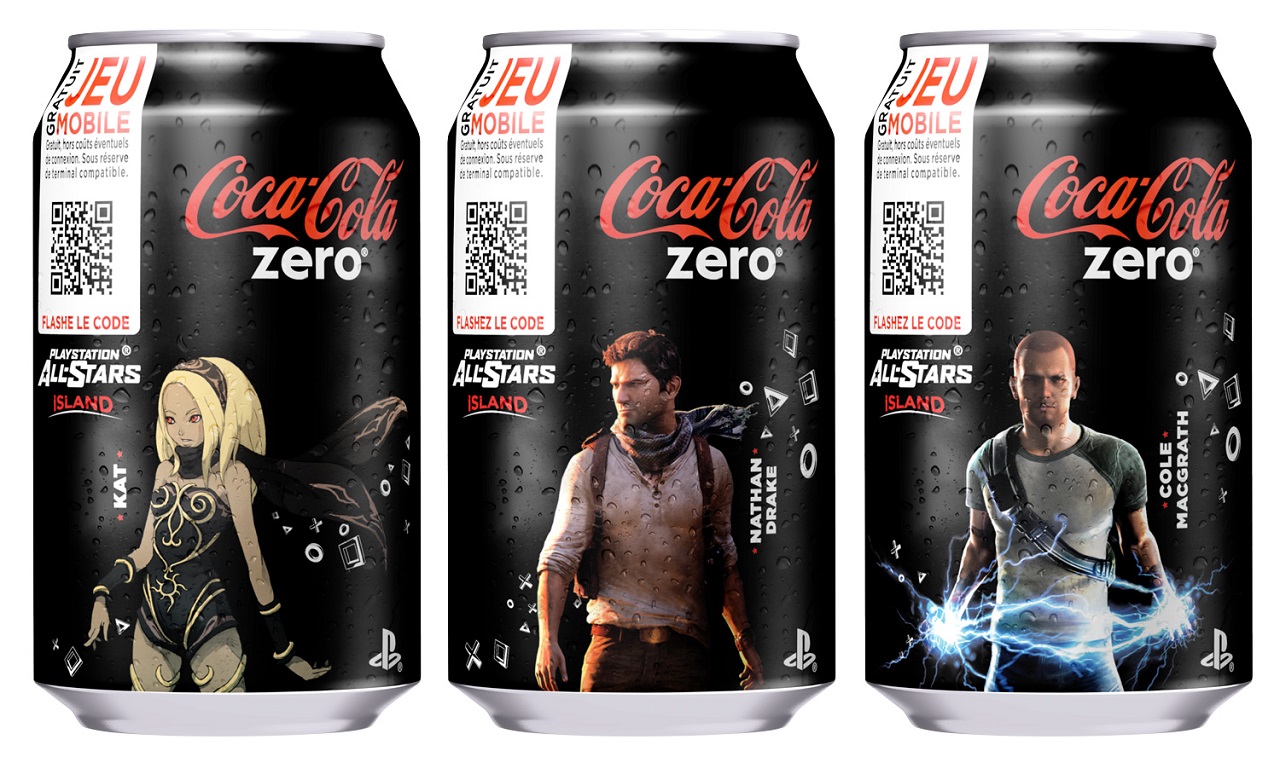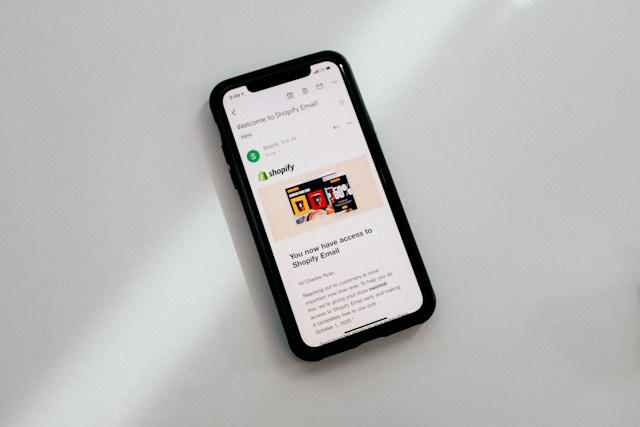For the food packaging industry, innovation is everything.
While most consumers take the quality and design of their packaging for granted, this is not necessarily a bad thing. In fact, packaging a product is designed to be invisible. Great packaging materials are doing their job if a consumer can unwrap and enjoy a snack without ever having to question its integrity.
To achieve this invisible efficiency, designers and manufacturers have to work very hard to find a balance between protection, practicality, and aesthetic. In recent years, the rise of digital technologies has added another element – the need to make packaging mobile, shareable, scannable, and valuable beyond its basic materials.
This guide to the major innovations driving the food packaging industry forward will discuss some of the biggest market trends.
The Packaging ‘Mobi-Lution’
The term ‘mobi-lution’ was coined by market forecasters, who believe that the industry is on the verge of a major shift towards mobile engaged packaging. High profile brands like Cadbury’s and Coca-Cola are already using scannable QR codes on their products. Many other companies are printing their packages with details about online competitions and giveaways in a bid to encourage customers to log on and sign up.
Customisable Digital Printing
Digital printing is fast, cost effective, and produces less waste than analogue printing.
It also allows brands to create much more complex, personalised designs. The recent Coca-Cola campaign is a good example of this. Digital printing enabled the company to produce thousands of different versions of their classic drinks bottles. With increased customisation comes the ability to target consumers in a deeper, more personal way.
Clean, Clear Materials
For a long time, the preference was for busy graphics and packaging filled with informative insights. Now, things are changing, and many consumers are moving back towards a more minimalistic approach. They have come to associate clean, simple packaging with clean, simple ingredients, as opposed to the bright colours and loud claims of sweets and fatty snacks. This is, in large part, down to an increased awareness of nutritional and organic foods.
Sustainable Solutions
This is one of the biggest challenges for the food packaging industry.
Consumers are crying out for more sustainable solutions, but they are not necessarily all that open minded when it comes to alternatives to things like plastic and foil. So, the answer seems to lie with different kinds of plastic, rather than more cardboard or paper. Therefore, companies all around the world are furiously working to develop safe, fully biodegradable plastics.
User-Friendly Sizing
Another big challenge is catering to the growing desire for ‘occasion-based packaging.’
This refers to the fact that, often, larger cartons and packets don’t fit the needs of the consumer. However, if there isn’t another option available, they are likely to purchase the bigger product anyway and waste more of it. As awareness of environmental issues increases, more consumers are unwilling to tolerate this. Fortunately, innovations like digital printing mean that it is getting easier to adapt packaging designs to a range of needs.
Why Investing In the Future Is Always the Right Move
The food packaging industry is a dynamic and fast-paced environment.
It has to move quickly to keep up with the irrepressible demands of the market. While the design and innovation of packaging materials aren’t always given the recognition that they deserve, they are the cornerstone of western societies. Therefore, it is not just a smart decision to keep abreast of digital trends; it is a responsibility.







